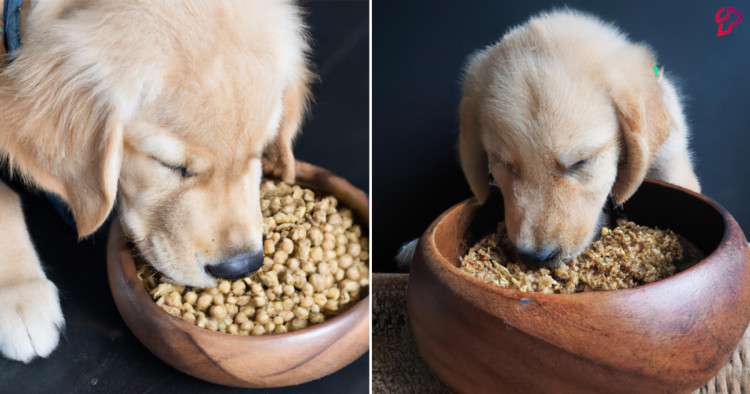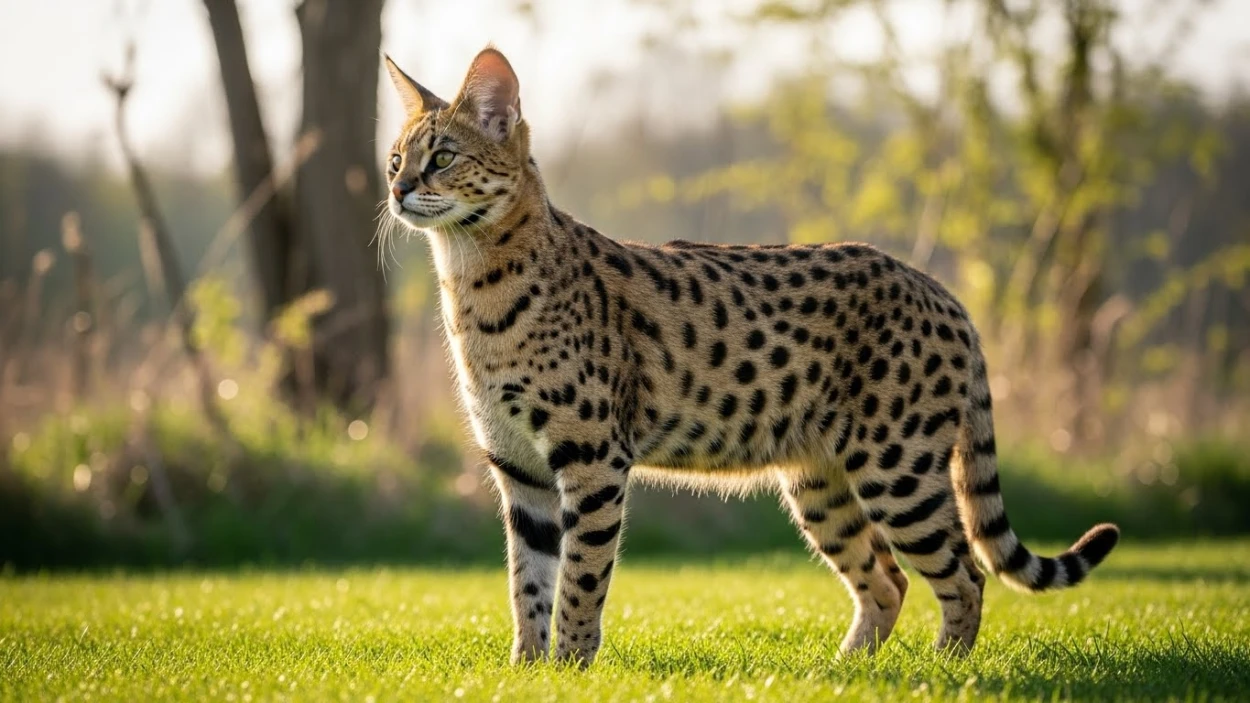If you're looking for a nutritious and delicious treat for your pup, then black-eyed peas may be the perfect option. Not only are they a great source of protein, fiber, and vitamins, but they are also low in fat and calories, making them an ideal food for dogs that are overweight or prone to obesity.

Additionally, black-eyed peas are a good source of iron, which can help to keep your dog's blood healthy. They also contain antioxidants, which can help to protect your dog's cells from damage. In this blog, we will discuss the health benefits of feeding black-eyed peas to your dog, how to prepare them, and what to look out for when feeding them to your pup. low in fat and calories, making them an ideal food for dogs that are overweight or prone to obesity. Additionally, black-eyed peas are a good source of iron, which can help to keep your dog's blood healthy. In this blog, we will explore the health benefits of feeding black-eyed peas to your dog, how to prepare them, and what to look out for when feeding them. So, if you're looking for a nutritious and delicious treat for your pup, read on to learn more about black-eyed peas!
1. The Health Benefits of Feeding Black-Eyed Peas to Your Dog
Black-eyed peas are a great source of protein, fiber, and vitamins for your dog. They are also low in fat and calories, making them an ideal food for dogs that are overweight or prone to obesity. Additionally, black-eyed peas are a good source of iron, which can help to keep your dog's blood healthy. They also contain antioxidants, which can help to protect your dog's cells from damage. Finally, black-eyed peas can help to improve your dog's digestion and can even help to reduce inflammation in the body.
2. How to Prepare Black-Eyed Peas for Your Dog
The best way to prepare black-eyed peas for your dog is to cook them until they are soft. You can either boil them or cook them in a slow cooker. Once they are cooked, you can mash them up and mix them with other ingredients to make a nutritious meal for your dog. Alternatively, you can also buy canned black-eyed peas that are already cooked and ready to serve.
3. Is it Safe for Dogs to Eat Black Eyed Peas?
Yes, black-eyed peas are generally safe for dogs to eat. However, it is important to make sure that you are feeding your dog the right amount of black-eyed peas. Too much can cause digestive issues, so it is best to feed your dog a small amount at a time. Additionally, it is important to make sure that the black-eyed peas are cooked properly before feeding them to your dog.
4. The Nutritional Value of Black-Eyed Peas for Dogs
Black-eyed peas are an excellent source of protein, fiber, and vitamins for your dog. They are also low in fat and calories, making them an ideal food for dogs that are overweight or prone to obesity. Additionally, black-eyed peas are a good source of iron, which can help to keep your dog's blood healthy. They also contain antioxidants, which can help to protect your dog's cells from damage.
5. How to Introduce Black-Eyed Peas to Your Dog's Diet
If you are introducing black-eyed peas to your dog's diet for the first time, it is important to start slowly. Start by giving your dog a small amount of black-eyed peas and gradually increase the amount over time. Additionally, it is important to make sure that the black-eyed peas are cooked properly before feeding them to your dog.
6. What to Look Out For When Feeding Black-Eyed Peas to Your Dog
When feeding black-eyed peas to your dog, it is important to make sure that you are not overfeeding them. Too much can cause digestive issues, so it is best to feed your dog a small amount at a time. Additionally, it is important to make sure that the black-eyed peas are cooked properly before feeding them to your dog.
7. The Pros and Cons of Feeding Black-Eyed Peas to Your Dog
The pros of feeding black-eyed peas to your dog include the fact that they are a great source of protein, fiber, and vitamins. They are also low in fat and calories, making them an ideal food for dogs that are overweight or prone to obesity. Additionally, black-eyed peas are a good source of iron, which can help to keep your dog's blood healthy. The cons of feeding black-eyed peas to your dog include the fact that they can cause digestive issues if they are overfed. Additionally, it is important to make sure that the black-eyed peas are cooked properly before feeding them to your dog.
8. How Much Black-Eyed Peas Should You Feed Your Dog?
The amount of black-eyed peas that you should feed your dog will depend on their size and activity level. Generally, it is best to start with a small amount and gradually increase the amount over time. Additionally, it is important to make sure that the black-eyed peas are cooked properly before feeding them to your dog.
9. What Are the Best Ways to Serve Black Eyed Peas to Your Dog?
The best way to serve black-eyed peas to your dog is to cook them until they are soft. You can either boil them or cook them in a slow cooker. Once they are cooked, you can mash them up and mix them with other ingredients to make a nutritious meal for your dog. Alternatively, you can also buy canned black-eyed peas that are already cooked and ready to serve.
10. Can Dogs Have Black-Eyed Peas as a Treat?
Yes, black-eyed peas can be given to your dog as a treat. However, it is important to make sure that you are not overfeeding them. Too much can cause digestive issues, so it is best to feed your dog a small amount at a time. Additionally, it is important to make sure that the black-eyed peas are cooked properly before feeding them to your dog.









